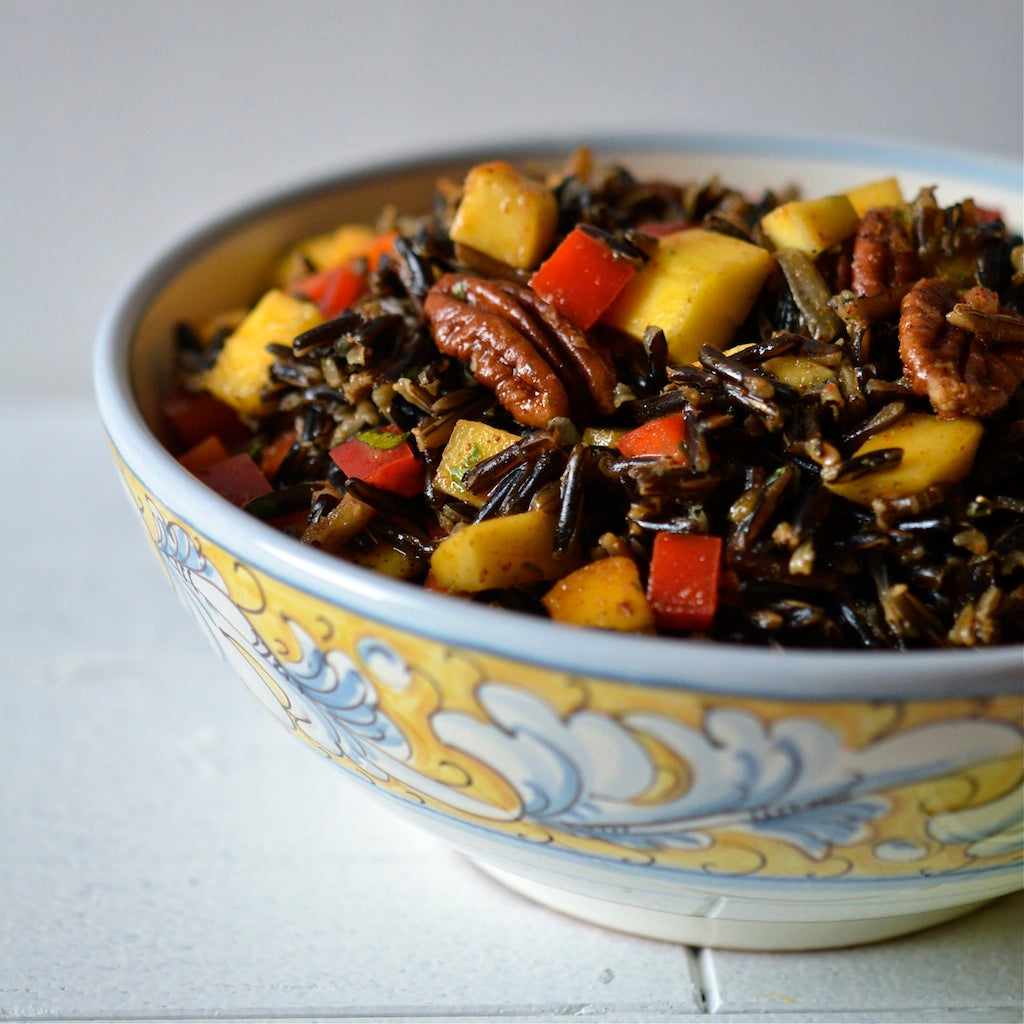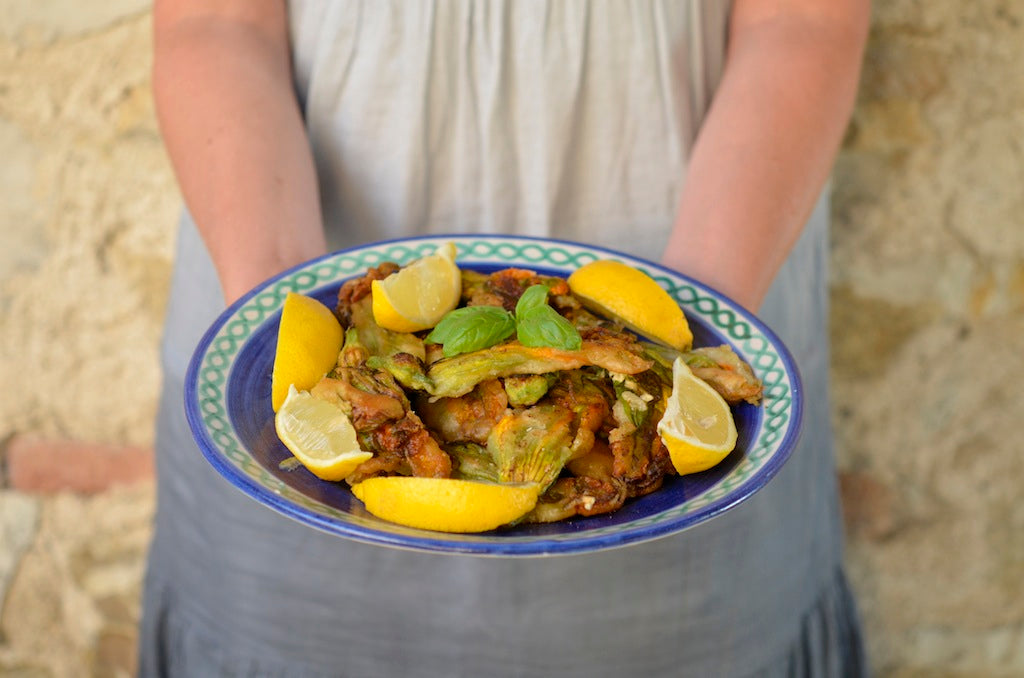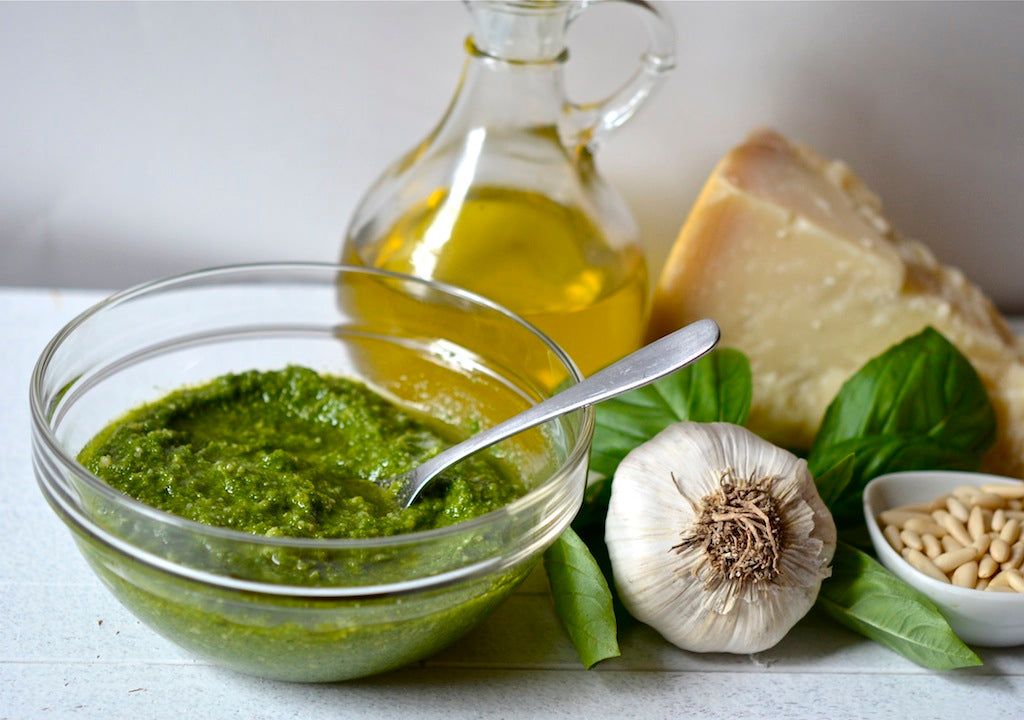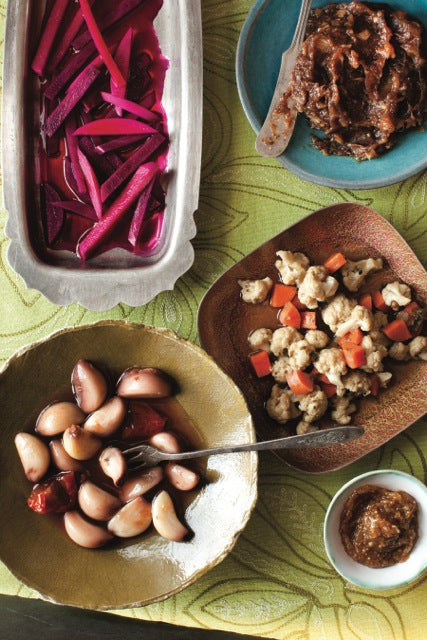

I first tried this dish in 2008. I was on a sales trip in Asia and escaped for a week to a hotel in Bali that I had been dreaming of for years. Since I was going alone, I thought I’d break the habit of a lifetime of rich food and cocktails and actually try one of the juicing cleanses they offered. It was less than a week so I figured it couldn’t kill me.
The hotel was everything I imagined: a room in the jungle with 3 walls of windows and an outdoor bath in total seclusion. A butler would find me at one of the various pools every few hours for my next juice. As the days went by I was pleasantly surprised by the juicing diet. I even naively marveled at how reasonable the pricing was – conveniently forgetting that I was only injesting a few fruits and vegetables so my overheads weren’t exactly high!
The juices were practically meals unto themselves but I had been passing these incredible restaurants that I was dying to try so I eagerly awaited day 5 when I would be back on solid foods. Since I needed to ease my way back, I decided to start with this salad. It was so delicious that I immediately asked them for the recipe. I now make it every year in January to remember that healthy, wonderful week in Bali. I may not be juicing but it is still a salad- despite my friend’s incredulous comments when I tell them what I’m making for lunch. I actually had to email a picture to my friend who refused to believe me.
Warm Lentil Salad with Roasted Beets and Goat Cheese
Serves 2
Ingredients:
2 medium red beets, roasted and sliced (see below – you can also expedite by buying pre-cooked beets)
Olive oil
1 cup of lentils (I like Puy lentils but any small ones will work)
1 red onion, finely diced
8 oz vegetable stock
4 tablespoons of good quality goat cheese
A small handful of green beans, remove stems, halve and then boiled for 4 minutes
1/2 cup baby arugula greens (I prefer frisee but the store was out of stock)
1 pear, peeled and cored
Dressing:
2 tablespoons extra virgin olive oil
2 tablespoons walnut oil
1 tablespoon champagne vinegar
1 teaspoon honey
Salt and pepper to taste
Method:
Roasted beets
1. Preheat oven to 375°.
2. Drizzle the beets with a little olive oil, sprinkle some salt and wrap tightly in foil.
3. Roast the beets anywhere between 30 and 60 minutes depending on size. They’re ready when you can easily pierce with a knife.
4. When cool enough to handle, slice off the ends and peel the skin off with a paper towel.
5. Cut into 1/4 inch slices.
Lentils
1. In a medium sized saucepan, sweat the onions in 2 tablespoons of olive oil until soft (about 8 minutes on low).
2. Add the lentils, the stock and a good pinch of salt.
3. Bring to a simmer and cover for about 40 minutes or until the lentils are tender.
4. Season as desired with salt and pepper.
Assembling the salad
1. In a small bowl, whisk together salad dressing ingredients and season to taste.
2. Mix half of the lentils gently in a little of the dressing and spoon onto each plate (save the remaining lentils for another meal – they are wonderful eaten alone).
3. Divide the goat cheese between the two plates and place on top of the lentils.
4. In a medium bowl, dress the arugula and green beans with dressing as desired.
5. Arrange the arugula and green beans on top of the goat cheese and lentils. (this is a beautiful stacked salad when finished)
6. Add some paper thin slices of pear on top of the salad. I use a pairing knife and shave thin slices but you could also use a potato peeler as well.
7. Finish by dividing the beets between the two salads.
8. Serve while the beets and lentils are still warm, allowing the goat cheese to melt slightly and all the flavors to combine.























